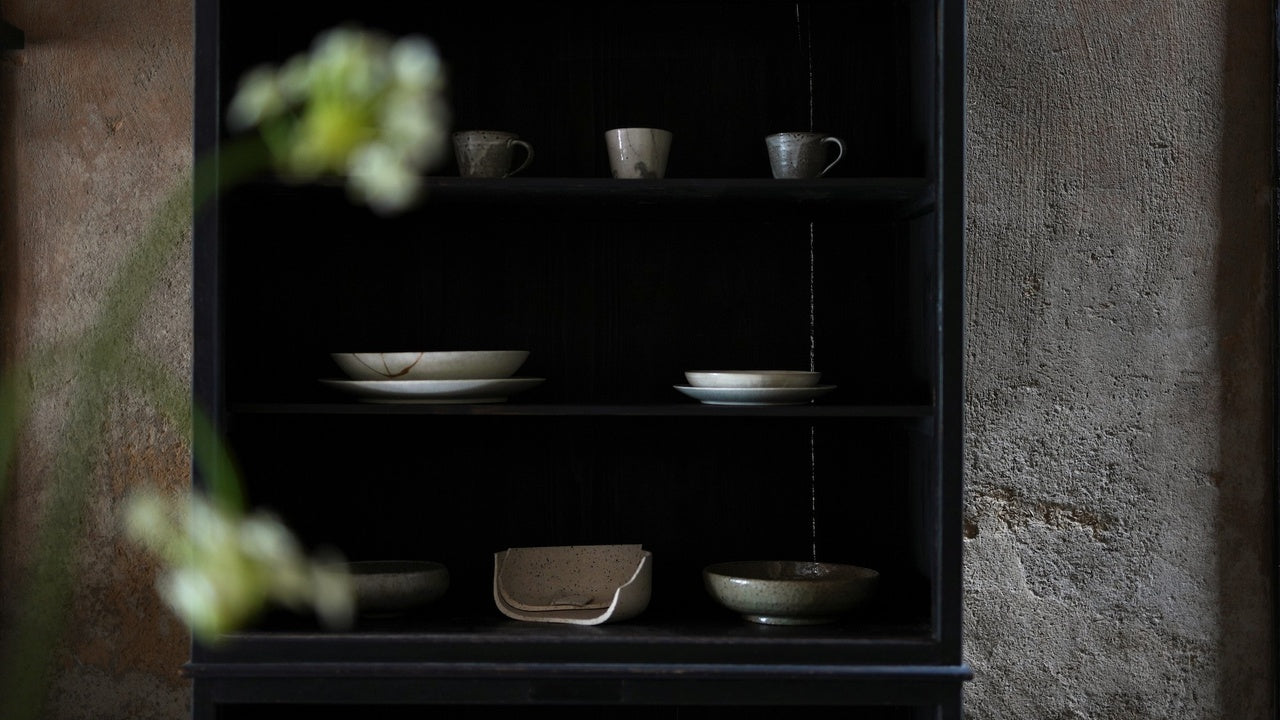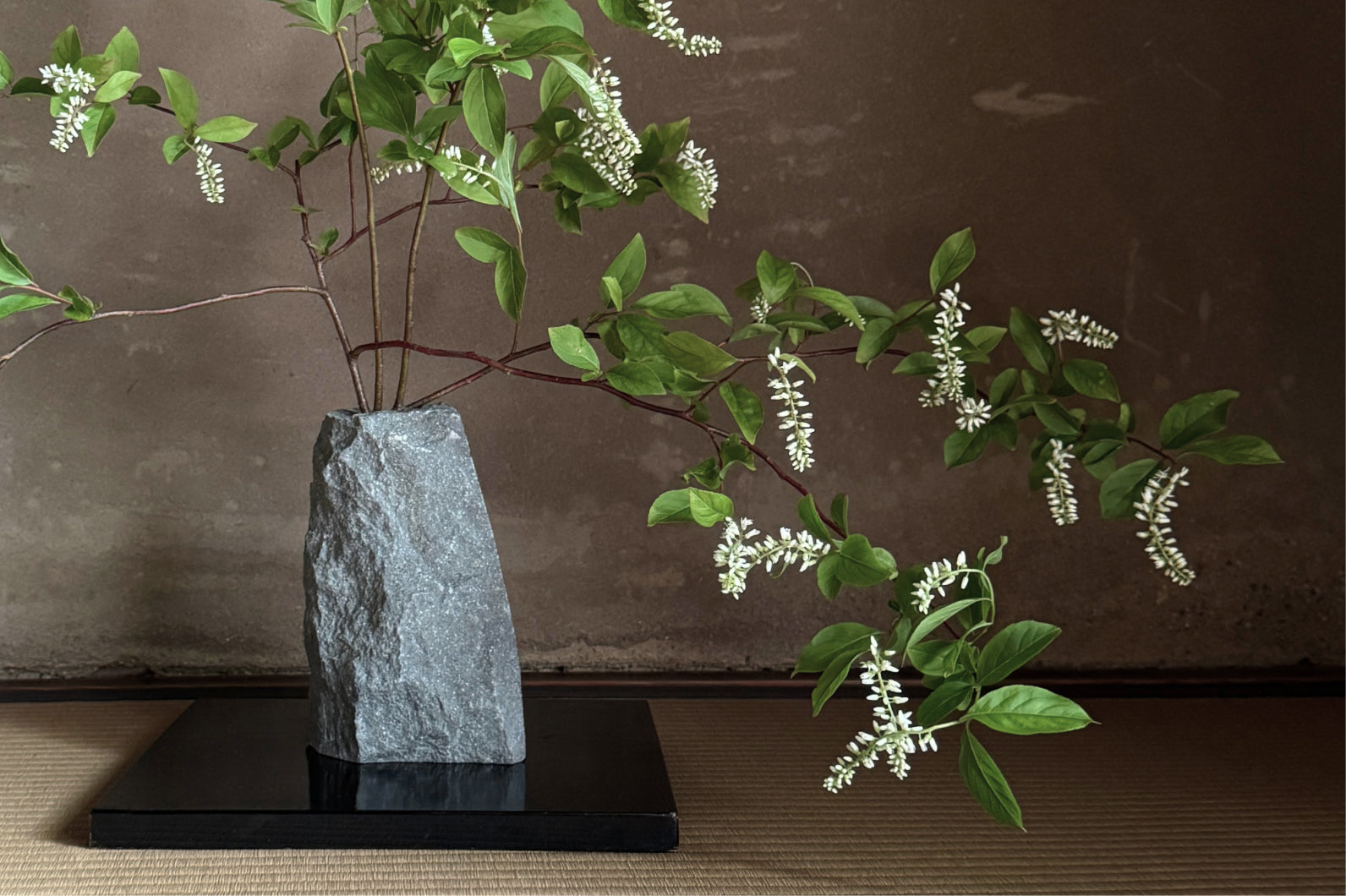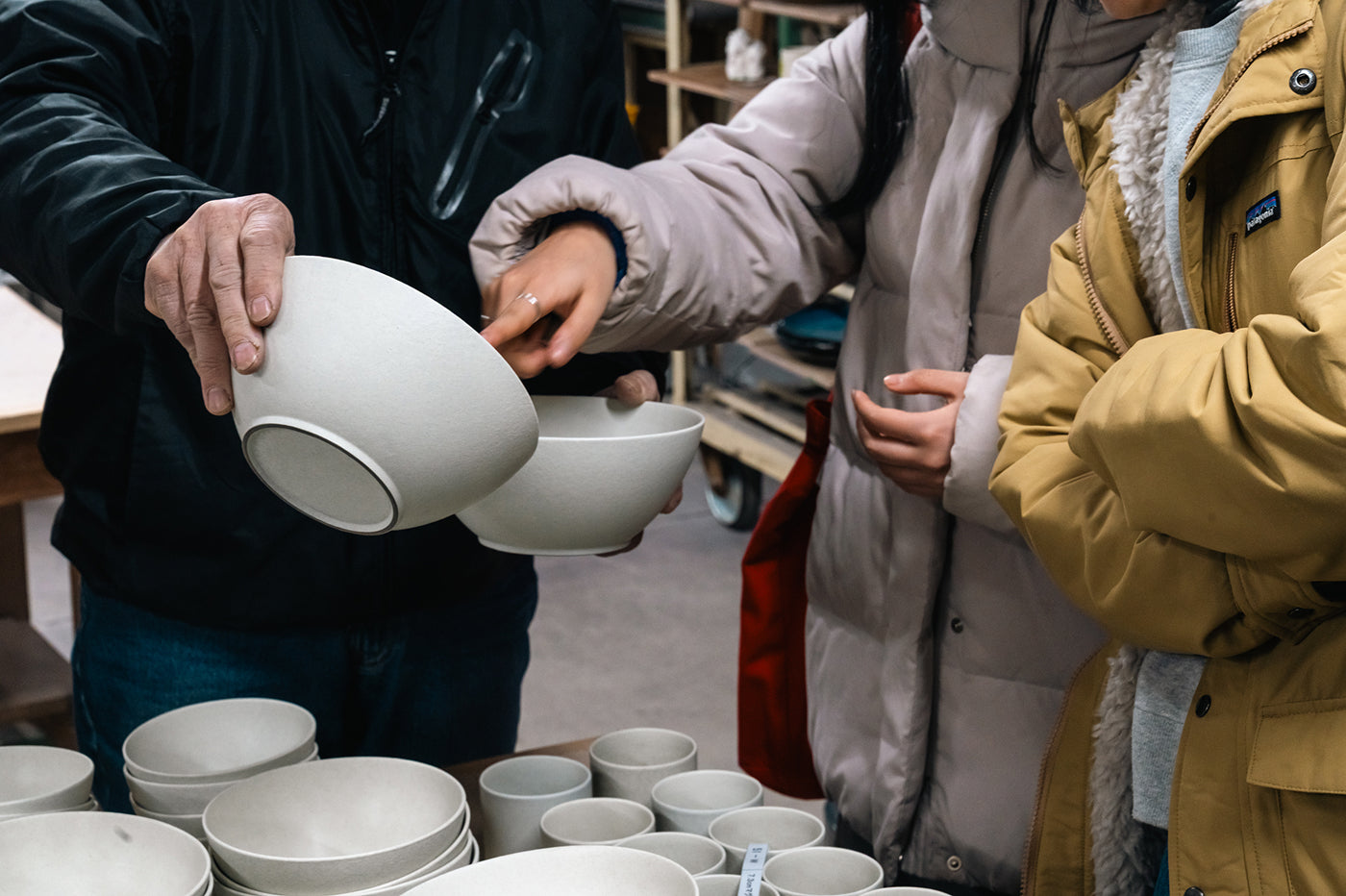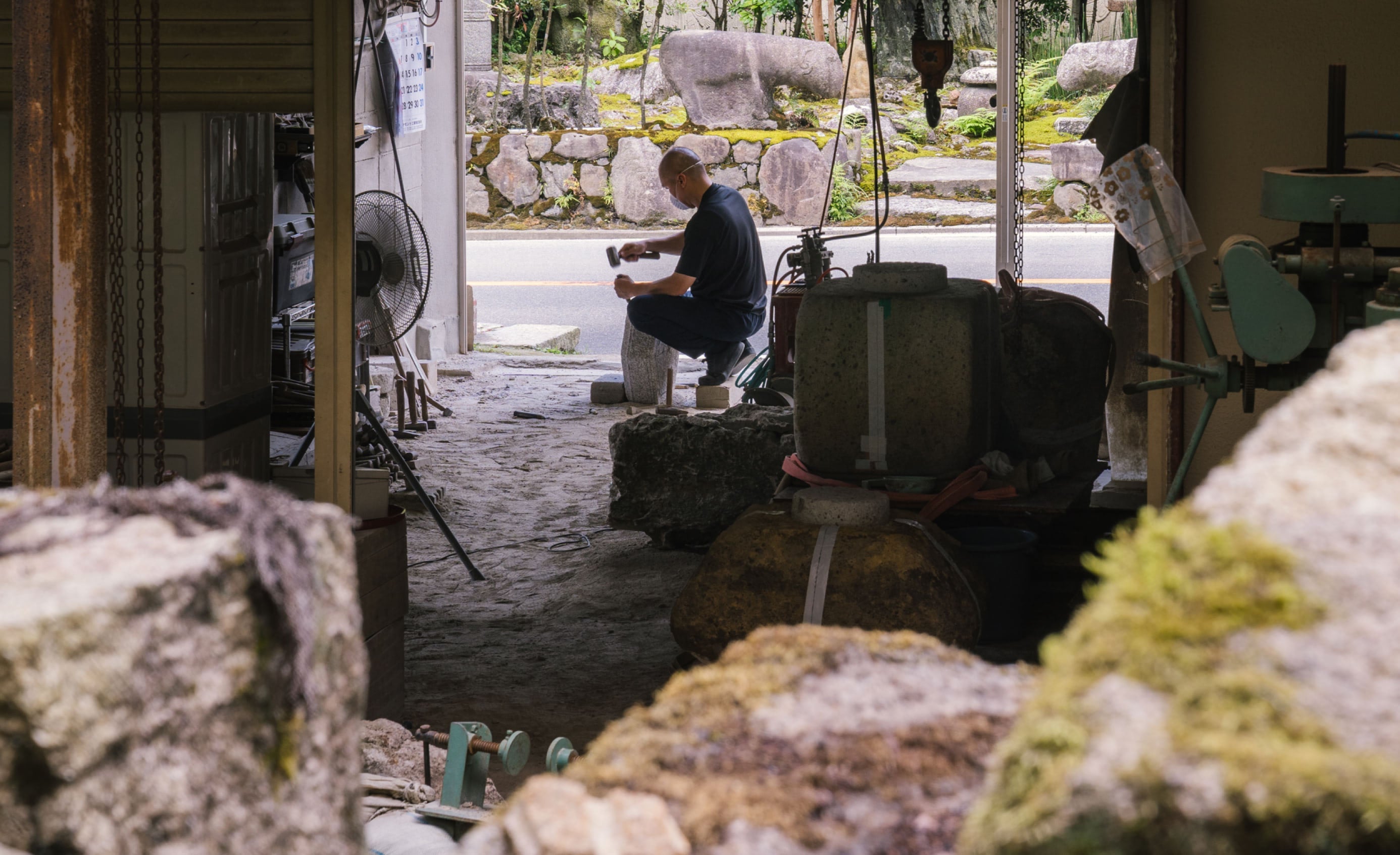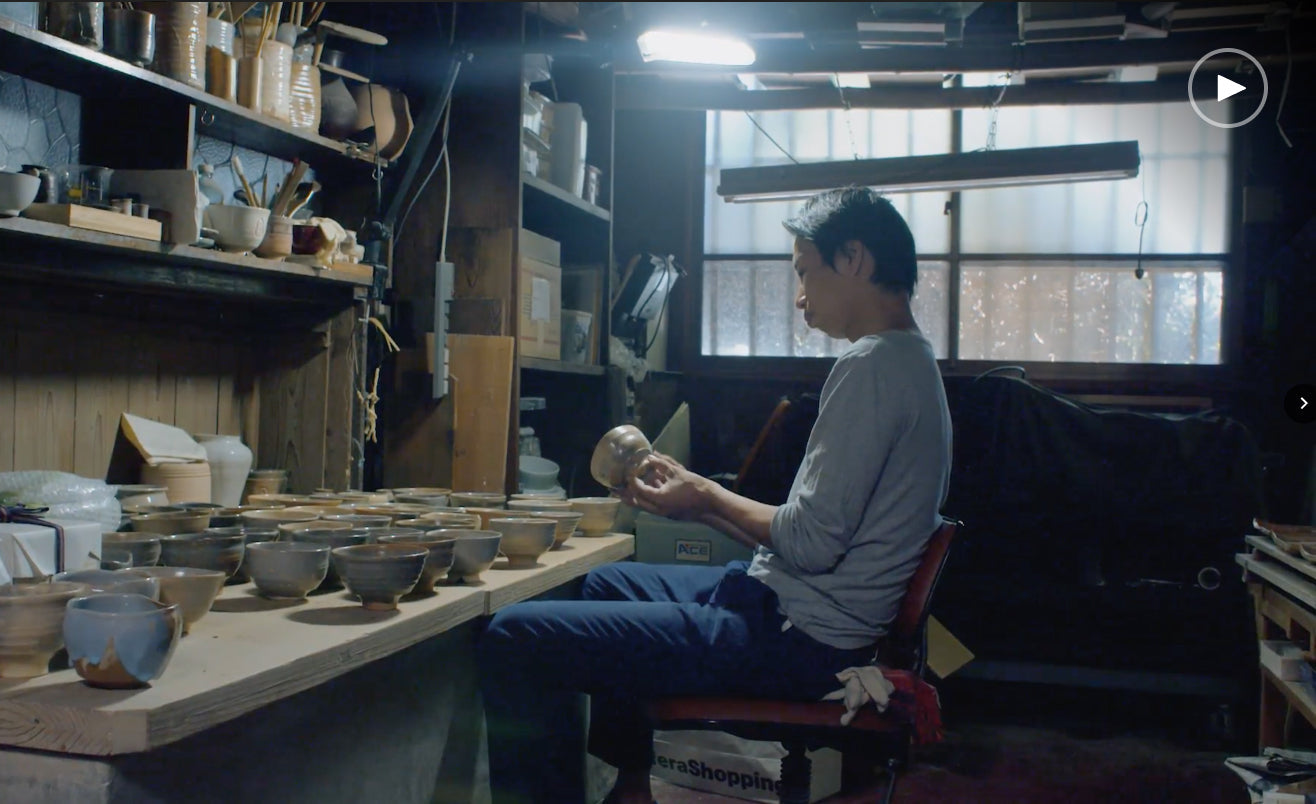A muro, or room, is a cellar that meets specific climate conditions. The muro is a vital component of kintsugi-repair as it is in this room that urushi hardens after each step of repair. Urushi is described to "harden" instead of "dry", as it is not evaporation that causes the surface to turn from sticky to slick. Urushi takes water content from the air to harden.
To complicate nomenclature just a bit, muro is also often called furo, or bath, as the conditions mimic a steam bath, which is the original style of public baths of 17th century Japan.
The ideal conditions for the muro or furo is 20 - 28°C / 68 - 82°F, with a humidity level of 65 - 80%.
If the ware is placed in a muro that is too high in temperature or humidity, the urushi can harden too quickly, causing the surface to shrivel instead of hardening into a smooth, slick surface. A muro that is too low in temperature or humidity can cause the urushi to dribble or take a very long time to harden.
Traditionally, airtight wood cellars are used, however we suggest making a muro using a cardboard box as they are simple to assemble and serve the purpose just fine. Cardboard boxes effectively mimic wood's ability to simultaneously breathe and insulate.
STEP 1

Lay plastic wrap or a silicone baking sheet at the bottom of the box.
STEP 2

Wring out a wet dish or tea towel and place it on top.
STEP 3

When placing wares into your muro, take precautions to ensure that wet urushi does not touch any surface. If the wares need to be raised, wooden chopsticks or popsicle/craft sticks tend to do the trick. With the latter, multiple sticks can be stacked to create the height you need, and masking tape can be used to hold the sticks in together.
Place the muro in your living room as comfortable conditions for you are close to the ideal conditions for the muro. In colder months, try cocooning the box in a warm blanket and/or use a hot water bottle inside the muro.



